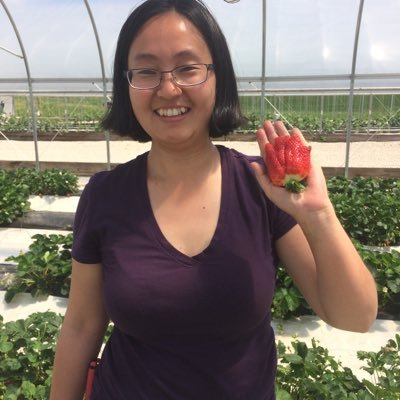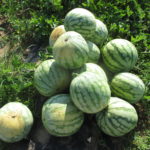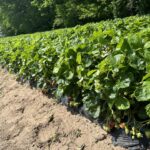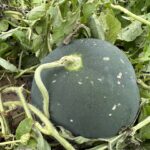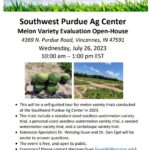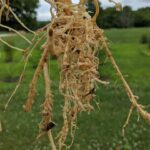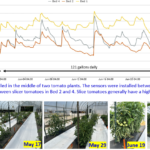Dr. Dan Egel will participate in the next Strawberry Chat and discuss disease concerns in growing strawberry plugs. Planting strawberry plugs in plasticulture is attracting interest in Indiana. Some chose to grow strawberry plugs from runner tips. How do we prevent diseases in plug production? We invited Dr. Dan Egel to participate in the discussion.[Read More…]
The Indiana Vegetable Growers Association (IVGA) will host an evening meeting on Wednesday, November 29, 2023, at the Vincennes University Agricultural Center, 4207 North Purdue Road, Vincennes, IN. Registration starts at 5 pm. Purdue researchers will be onsite to discuss production issues. We will also discuss presentation topics for the upcoming winter meetings. Dinner will[Read More…]
The Indiana Vegetable Growers Association (IVGA) is preparing its programming schedule for the upcoming winter meetings. The Southwest Indiana Melon and Vegetable Growers Annual Meeting will be held on January 19, 2024, at the French Lick Resort & Casino. The Indiana Horticulture Conference will be held on January 22 and 23 at the Hendricks County[Read More…]
This summer, we interviewed four farmers growing strawberries in plasticulture in Indiana. Their business is on different scales, and they sell through varied market channels. How do strawberries fit into their overall crop and market strategy? What are the opportunities and challenges? The lessons the experienced farmers share will be of great value to others[Read More…]
I visited Kube-Pak (Allentown, NJ) during the North American Strawberry Growers Summer Tour. Kube-Pak wholesales bedding plants, plugs, potted plants and more. Our visit at Kube-Pak’s was at peak time of strawberry business. Mr. Rob Swanekamp showed us the steps of growing strawberry plugs, from tip production to shipping. The strawberry plugs’ shipping date starts[Read More…]
There are many challenges in growing watermelons. Hail occurring right before harvest time is undoubtedly one of them. In the past weeks, there have been thunderstorms in southern Indiana. Some brought hail. Small hail causes minor damage to watermelon leaves and stems, but big hail can devastate the foliage and cause significant scarring to the[Read More…]
Dear Melon Growers and Industry Friends, You are invited to tour melon variety trials conducted at Southwest Purdue Ag Center, in Vincennes, IN, on July 26, 10:00 am-1:00 pm EST. The variety trials include: A standard-sized seedless watermelon trial A person-sized seedless watermelon trial A seeded watermelon trial A cantaloupe trial This is a self-guided[Read More…]
Root-knot nematodes cause severe damage in vegetable production. Its infection results in root swellings called galls that interrupt plant water and nutrient uptake (Figure 1). Aboveground, plants show symptoms that include stunted growth, wilting, and leaf yellowing. In addition to root-knot nematodes, several other plant parasitic nematodes can cause damage to vegetable roots. Damage to[Read More…]
It is not unusual for watermelon wilt to occur in the late season in our region. The plants are loaded with fruit and are sensitive to many stresses. In some cases, it is clear pathogens cause the problem, such as late-season fusarium wilt. While in other cases, it is hard to associate the symptom with[Read More…]
I often receive questions on how much water should apply to high tunnel tomatoes. Even the most experienced tomato growers could sometimes lose yield because of overlooking irrigation management. In this article, I describe a case study of how we use soil moisture sensors for irrigation management in a high tunnel tomato production system. This[Read More…]
